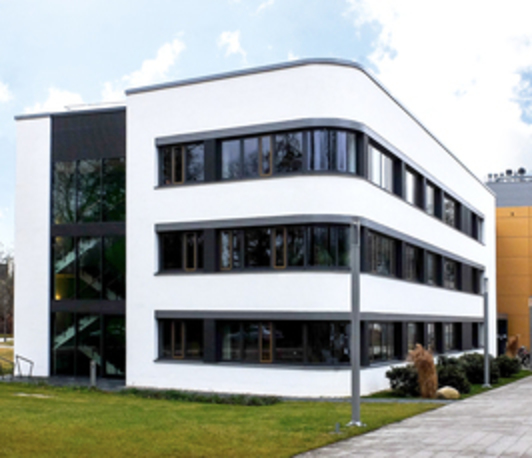Polarons Imaged in Real Space by Combined AFM/STM
- FHI/IMS Joint Online Seminar - Hybrid
- Date: Nov 28, 2022
- Time: 09:00 AM (Local Time Germany)
- Speaker: Prof. Martin Setvin
- Charles University, Czech Republic
- Location: Building G
- Room: Seminar Room 2.06
- Host: Akitoshi Shiotari

I will discuss options of studying the polaron properties by scanning probe methods. First, traces of small and large polarons in Scanning tunnelling spectroscopy will be discussed on the prototypical example of TiO2 rutile and anatase [2]. The use of atomic force microscopy brings an option of imaging and manipulating single small polarons; this will be illustrated on examples of hematite Fe2O3 and the KTaO3 perovskite. Last, the options of studying electron transfer between a solid substrate and adsorbed molecules will be illustrated on several systems: CO adsorbed on Rutile TiO2 [3], CO adsorbed on cleaved KTaO3 [4] and O2 adsorbed on anatase TiO2 [5]. Each case carries distinctly different characteristics for transferring the electron and requires a choice of an appropriate analysis method.
[1] Franchini, C., Reticcioli, M., Setvin, M. & Diebold, U. Polarons in Materials. Nature Reviews Materials 6, 560-586 (2021).
[2] Setvin, M. et al. A Direct View at Excess Electrons in TiO2 Rutile and Anatase. Phys. Rev. Lett. 113, 086402 (2014).
[3] Reticcioli, M. et al. Interplay between adsorbates and polarons: CO on rutile TiO2(110). Phys. Rev. Lett. 122, 016805 (2019).
[4] Wang, Z. et al. Surface chemistry on a polarizable surface: Coupling of CO with KTaO3(001). Science Advances 8, eabq1433 (2022).
[5] Setvin, M., Hulva, J., Parkinson, G. S., Schmid, M. & Diebold, U. Electron transfer between anatase TiO2 and an O2 molecule directly observed by atomic force microscopy. PNAS 114, E2556-E2562 (2017).
Join Zoom-Meeting
https://zoom.us/j/96407375363?pwd=UG14eFBFMVhFVGozeWR0MG5jZVBQUT09
Meeting-ID: 964 0737 5363
Passcode: 922777